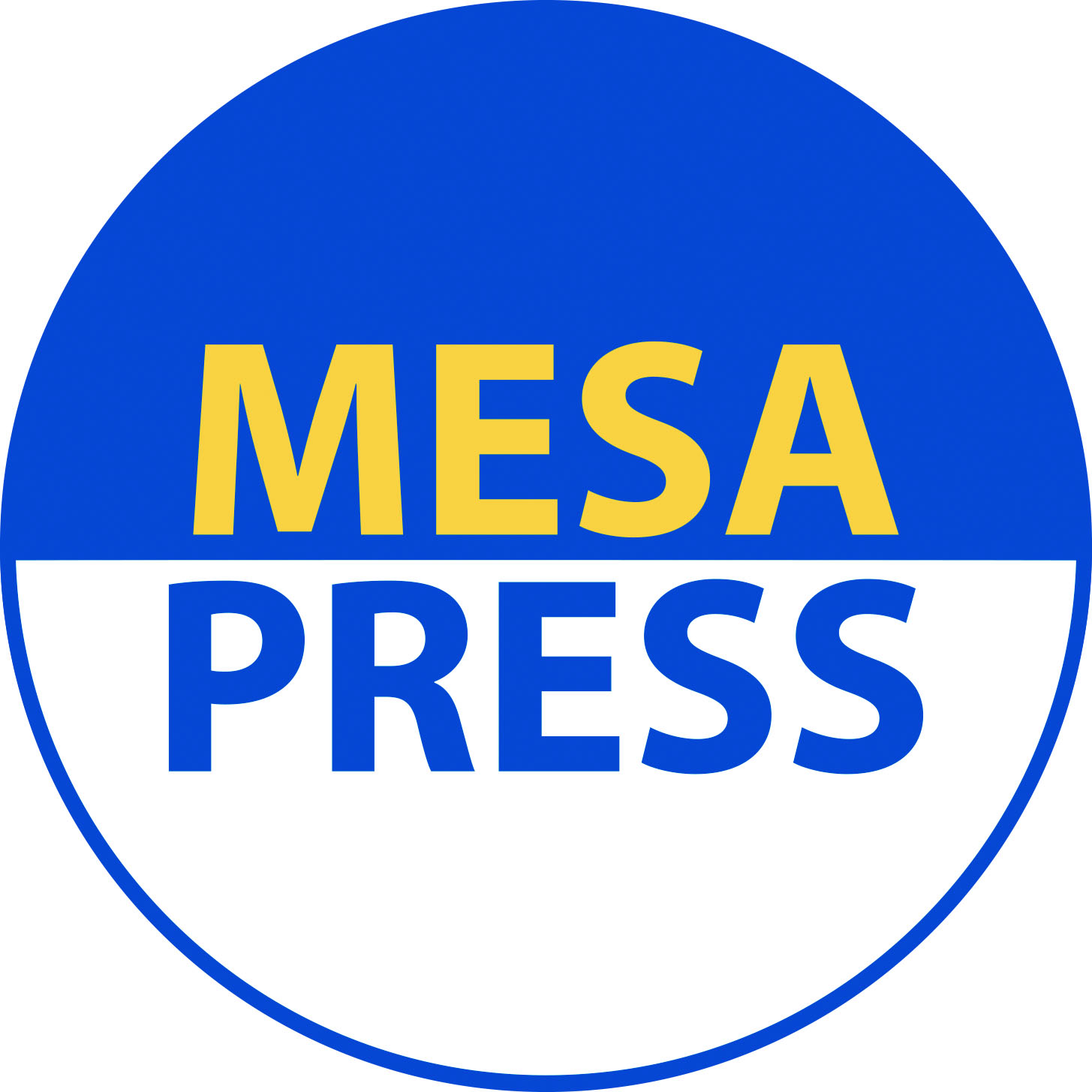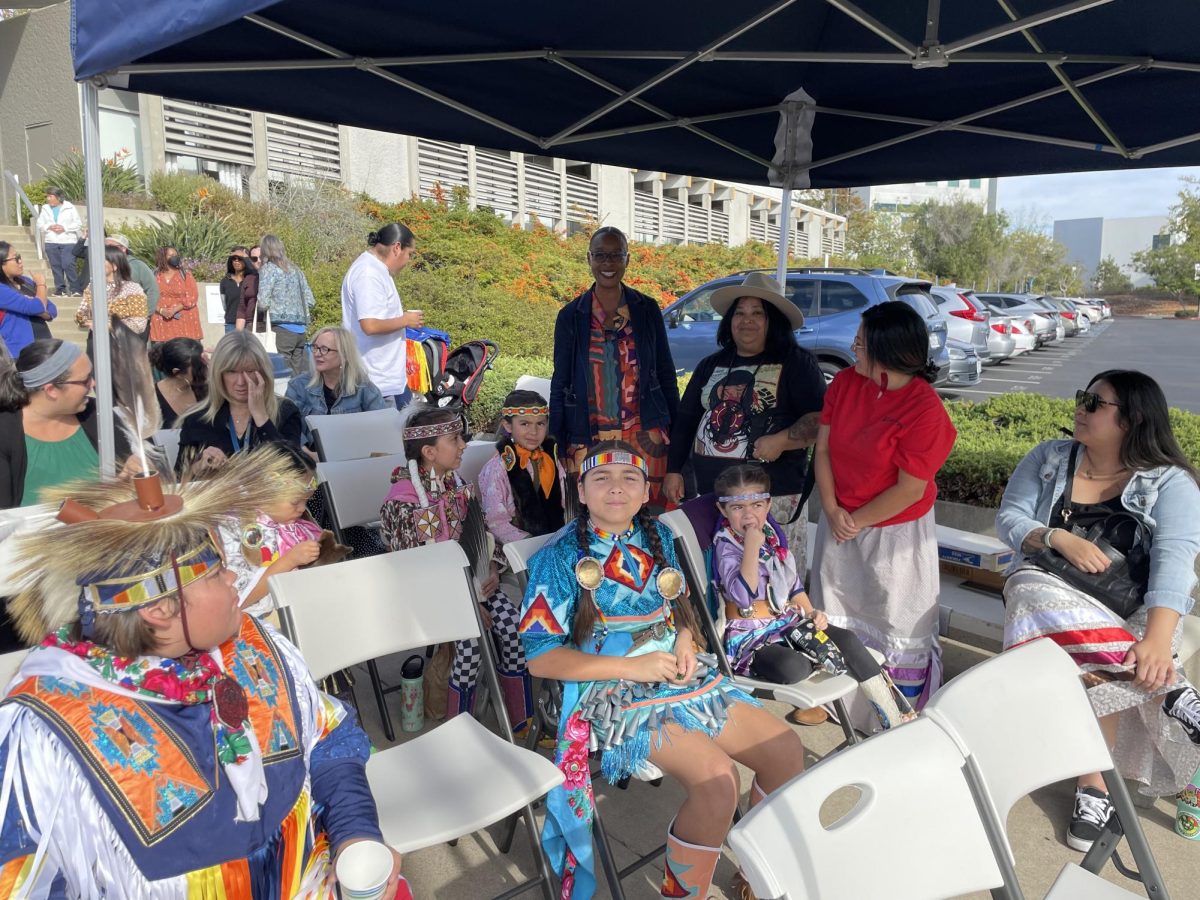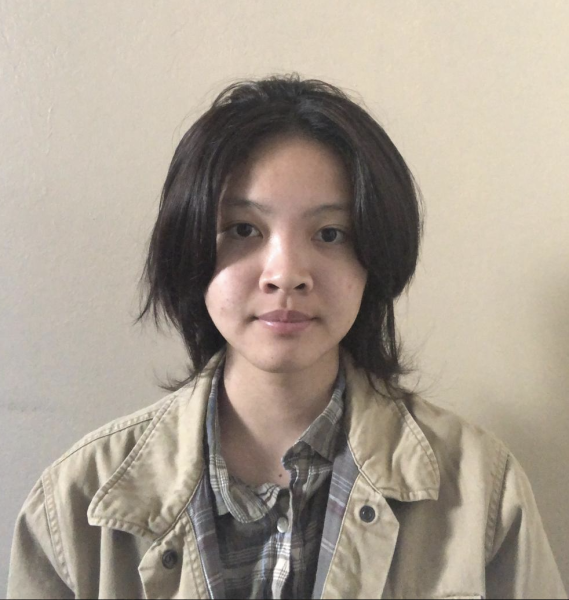Mesa College’s First Nations Club held a panel on Nov. 8 in honor of Native American Heritage Month. The panel was run by history professor Michael Cox and featured students Azelya Yazzie, Leitris Price, and Trina Tauer as they detailed their experiences at the San Diego Community College District (SDCCD) as Native Americans.
Native Americans have undergone genocide and cultural oppression since the 15th century when European settlers first arrived in North America. By 1650, less than six million Natives were estimated to be alive, compared to 1492, when there was an approximated population of 10 to 50 million. The indigenous population continued to suffer from forced migration through the Trail of Tears, causing countless deaths from starvation and disease.
Although they are working toward retrieving their languages, customs, and families, Native Americans still face discrimination through harassment and ethnic disparity to this day. Since San Diego occupies Kumeyaay territory, Mesa College has a land acknowledgement to pay respect to the land. According to the World Population Review, California has the largest Native population in the United States as of 2023.
Yazzie is a second-year student from the Blackfeet and Navajo tribes, majoring in sustainable agriculture. She observed that one of the challenges of being Native American is trying to balance traditional culture with the culture one was assimilated into.
Price is a member of several tribal nations including the Chickasaw, Cherokee, and Caddo tribes, as well as the vice president of the First Nations Club. She agreed with Yazzie, saying, “my experience here has been difficult because you have two different cultures […] Most of the time, people think I’m African American, so they don’t understand why I don’t know certain things, but I grew up from 24 years old until now in this community.”
Tauer is Pawnee, Cherokee, and the president of the First Nations Club. She has been a student at the SDCCD since 2012 and is finishing her last year as a psychology major. She recalled that while she was initially treated warmly at Mesa, she eventually felt that her efforts to foster a Native American community on campus were going unnoticed. Tauer plans to open a trauma center focused on the abuse that Natives undergo.
Price agreed that the Native American community is not as active compared to some others at Mesa. To promote the culture, Price proposed that the campus hold more art exhibits and similar features. “You have all these tribes here, and you got all these artists here, dancers here; we just need to reach out,” she said. Yazzie also noted that there are not as many resources geared toward Native students at City College, such as history classes or clubs, compared to Mesa. She believes these should all be available at colleges across the United States.
Similar to Price, Yazzie recommended incorporating more celebration and support, for example, showcasing Native American beadwork, frybread stands, and offering more scholarships. “In UC schools now, I think they waive tuition for those who are federally recognized [as Native American] or enrolled, so modeling something like that would be really beneficial just to encourage Native American students to go to these different college campuses,” she said.
Mesa recently introduced a Native American Heritage Month Library Guide which offers free books, research papers, articles, videos, films, and podcasts. To contribute further resources to the guide, email Equity Librarian Dr. Edeama Onwuchekwa at eonwuchekwa@sddcd.edu or see her in her office at LRC-440.
The panel members agreed that the SDCCD can help its students feel more represented by recognizing the Native American population at their schools, garnering more interest, and holding more cultural events.
For more information regarding the First Nations Club, email mcox@sdccd.edu. The club meets on Wednesdays at noon in room SB-105.


